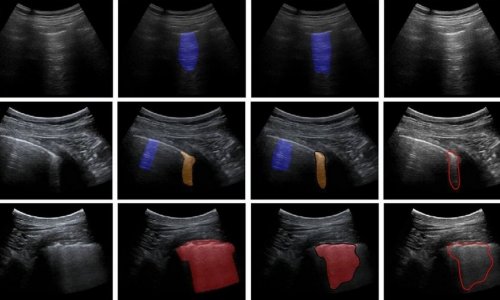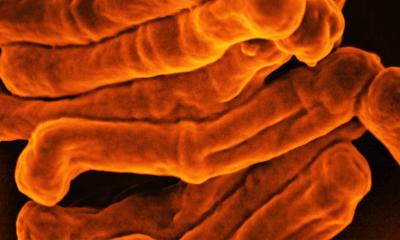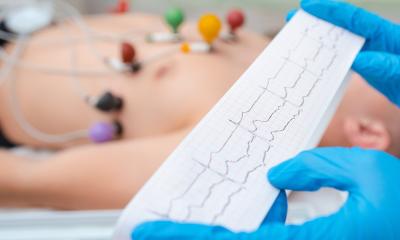
Image source: Zhao L, Fong TC, Bell MAL, Communications Medicine 2024 (CC BY 4.0)
News • Point-of-care testing
New AI tool detects Covid-19 in lung ultrasound images
Artificial intelligence can spot Covid-19 in lung ultrasound images much like facial recognition software can spot a face in a crowd, new research shows.
The findings boost AI-driven medical diagnostics and bring health care professionals closer to being able to quickly diagnose patients with Covid-19 and other pulmonary diseases with algorithms that comb through ultrasound images to identify signs of disease. The findings, newly published in Communications Medicine, culminate an effort that started early in the pandemic when clinicians needed tools to rapidly assess legions of patients in overwhelmed emergency rooms.
"We developed this automated detection tool to help doctors in emergency settings with high caseloads of patients who need to be diagnosed quickly and accurately, such as in the earlier stages of the pandemic," said senior author Muyinatu Bell, an associate professor in the Department of Electrical and Computer Engineering in the Whiting School of Engineering at Johns Hopkins University. "Potentially, we want to have wireless devices that patients can use at home to monitor progression of Covid-19, too."
Recommended article

Article • Covid-19
Coronavirus update
Years after the first outbreak and spread of coronavirus Sars-CoV-2, its impact can still be felt in everyday life. Keep up-to-date with the latest research news, political developments, and background information on Covid-19.
The tool also holds potential for developing wearables that track such illnesses as congestive heart failure, which can lead to fluid overload in patients' lungs, not unlike Covid-19, said co-author Tiffany Fong, an assistant professor of emergency medicine at Johns Hopkins Medicine. "What we are doing here with AI tools is the next big frontier for point of care," Fong said. "An ideal use case would be wearable ultrasound patches that monitor fluid buildup and let patients know when they need a medication adjustment or when they need to see a doctor."
Now, we are proving that with computer-generated datasets we still can achieve a high degree of accuracy in evaluating and detecting these Covid-19 features
Lingyi Zhao
The AI analyzes ultrasound lung images to spot features known as B-lines, which appear as bright, vertical abnormalities and indicate inflammation in patients with pulmonary complications. It combines computer-generated images with real ultrasounds of patients — including some who sought care at Johns Hopkins. "We had to model the physics of ultrasound and acoustic wave propagation well enough in order to get believable simulated images," Bell said. "Then we had to take it a step further to train our computer models to use these simulated data to reliably interpret real scans from patients with affected lungs."
Early in the pandemic, scientists struggled to use artificial intelligence to assess Covid-19 indicators in lung ultrasound images because of a lack of patient data and because they were only beginning to understand how the disease manifests in the body, Bell said. Her team developed software that can learn from a mix of real and simulated data and then discern abnormalities in ultrasound scans that indicate a person has contracted Covid-19. The tool is a deep neural network, a type of AI designed to behave like the interconnected neurons that enable the brain to recognize patterns, understand speech, and achieve other complex tasks.
"Early in the pandemic, we didn't have enough ultrasound images of Covid-19 patients to develop and test our algorithms, and as a result our deep neural networks never reached peak performance," said first author Lingyi Zhao, who developed the software while a postdoctoral fellow in Bell's lab and is now working at Novateur Research Solutions. "Now, we are proving that with computer-generated datasets we still can achieve a high degree of accuracy in evaluating and detecting these Covid-19 features."
The team's code and data are publicly available here.
Source: Johns Hopkins University
22.03.2024










